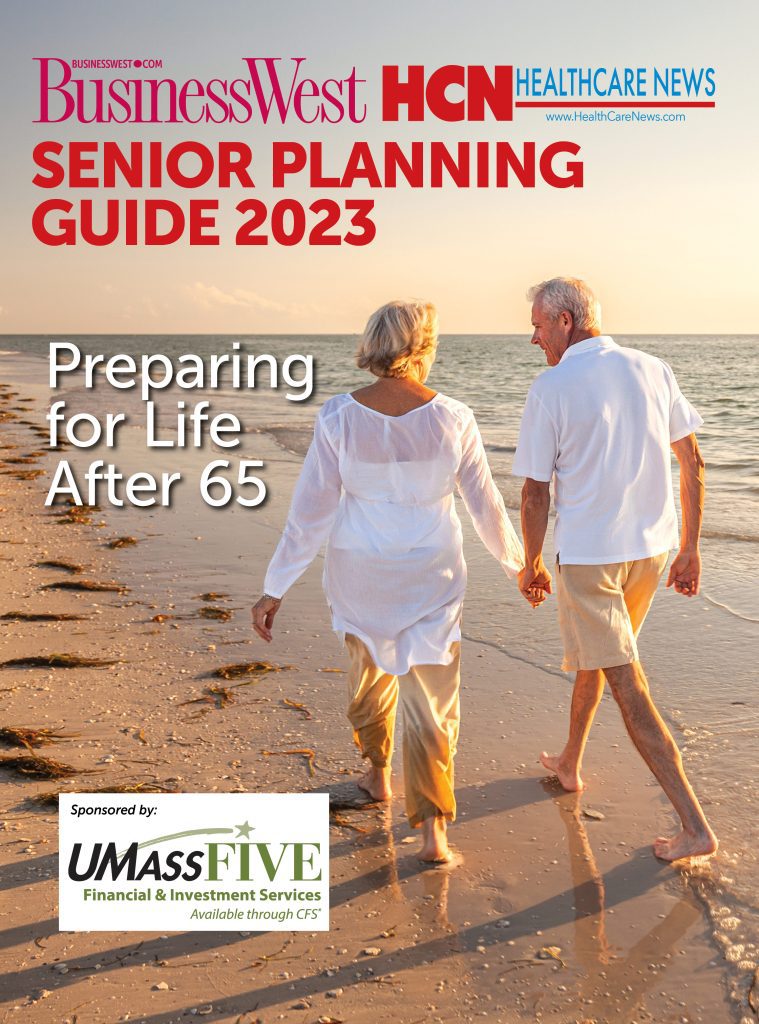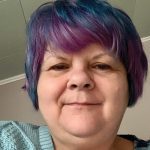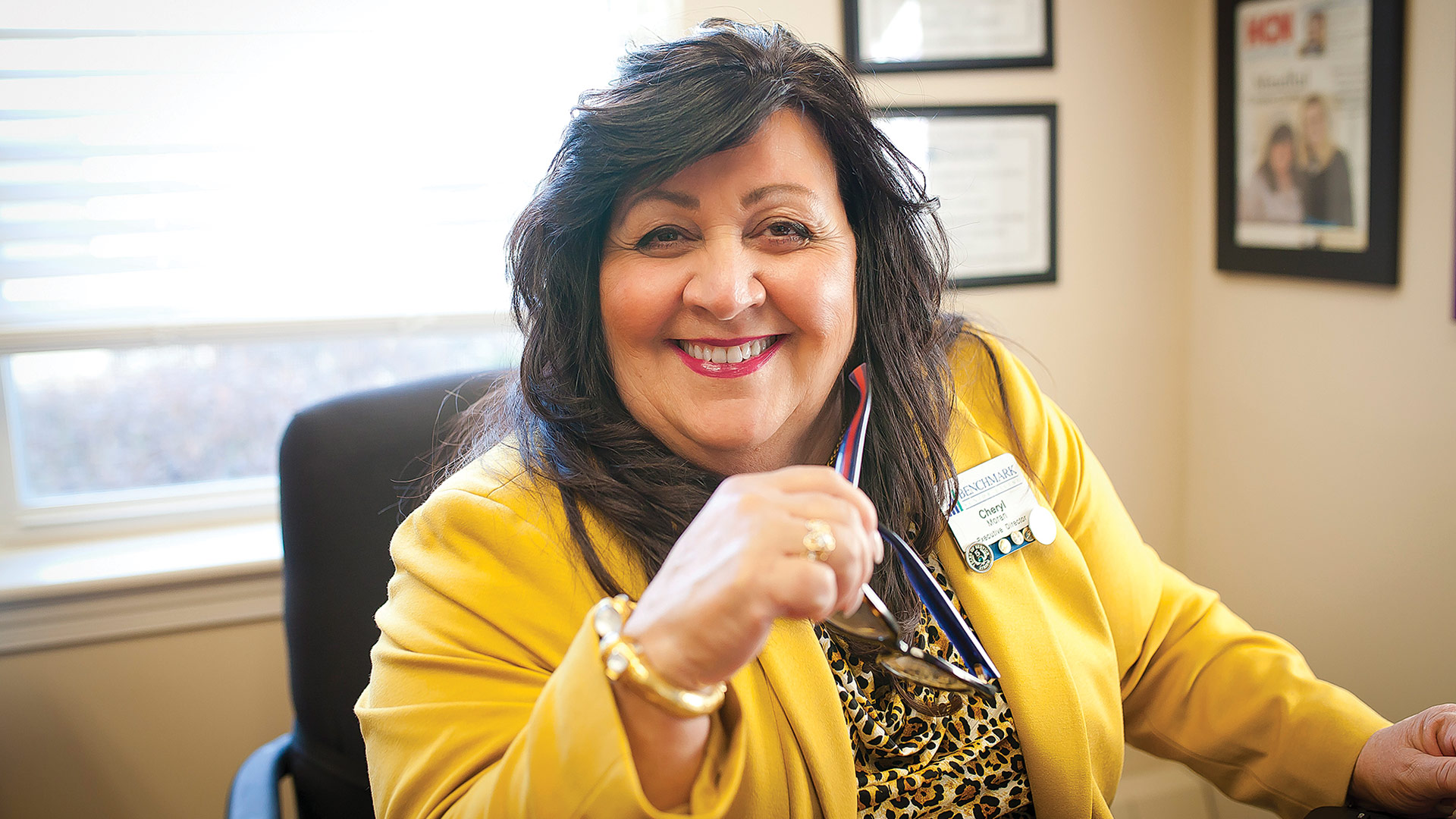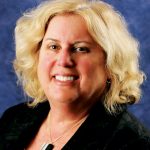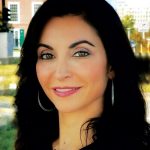Season of Change
By the Arbors Assisted Living
Senior planning presents significant challenges as society ages. Evolving care needs; quality of care; emotional, physical, and financial burdens on caregivers; social isolation and loneliness; and healthcare accessibility are all concerns families face when recognizing a need for change.
While change can be scary, it’s also an inevitable part of life and can lead to many positive outcomes, such as new opportunities and fresh perspectives. In regard to senior planning, here are some positive changes you may find in addition to improving the quality of life and overall well-being of your loved one:
Person-centered Care: There has been a shift towards person-centered care in senior living communities, focusing on individual preferences, needs, and goals. This approach emphasizes dignity, autonomy, and respect for seniors, allowing them to make choices about their daily routines, activities, and care.
Increased Focus on Wellness: Many senior living communities now offer comprehensive wellness programs designed to promote physical, emotional, and social well-being. These programs may include fitness classes, recreational activities, educational seminars, and mental-health support services.
“Many senior living communities now offer comprehensive wellness programs designed to promote physical, emotional, and social well-being. These programs may include fitness classes, recreational activities, educational seminars, and mental-health support services.”
Age-friendly Design: Senior living communities are incorporating age-friendly design principles to create environments that are accessible, comfortable, and supportive of older adults’ needs. This includes features such as wheelchair ramps, grab bars, non-slip flooring, and well-lit common areas.
Community Engagement: There is a growing emphasis on fostering community engagement and social connections among seniors in senior living settings. Communities offer social events, group outings, volunteer opportunities, and intergenerational programs to combat social isolation and loneliness.
Flexible Living Options: Senior living options have become more diverse and flexible to accommodate varying preferences and care needs. In addition to traditional assisted living and nursing home facilities, there are now more options for independent living, continuing-care retirement communities, and aging in place with home-care support.
Culinary Excellence: Senior living communities are elevating their dining experiences by offering restaurant-style dining, diverse menus, and nutritious meal options tailored to seniors’ dietary preferences and health needs.
Emphasis on Lifelong Learning: Senior living communities are providing opportunities for lifelong learning and personal enrichment through educational classes, workshops, and cultural activities. These programs help seniors stay mentally stimulated, engaged, and connected to their interests and passions.
Family Involvement and Support: Senior living facilities are recognizing the importance of involving families in the care and decision-making process. They may offer family-support services, communication channels, and family-engagement activities to foster collaboration and support among residents and their loved ones.
Advancements in Memory Care: For seniors living with Alzheimer’s disease and other forms of dementia, there have been advancements in memory-care programs and specialized services. These programs focus on providing personalized care, sensory stimulation, and meaningful activities to enhance quality of life and preserve cognitive function.
Having the Conversation
Many families we encounter struggle with navigating this type of change with their loved ones. While we recognize the benefits and importance of senior planning, it’s important to understand that the seniors in our lives come from a different generation and may not fully grasp how much the industry has evolved.
Initiating a conversation can be the most challenging aspect. However, when explaining the need for change to a senior, it’s crucial to approach the discussion with empathy, respect, and clarity. Here’s how you might do so:
Acknowledge Feelings: Start by acknowledging any concerns or fears the senior may have about the proposed change. Let them know that it’s normal to feel apprehensive about new things, but change can also bring positive opportunities and improvements.
Highlight Benefits: Explain the reasons behind the proposed change and the potential benefits it could bring. For example, if you’re discussing a move to a senior living community, you might highlight the social opportunities, amenities, and support services available that could enhance their quality of life.
“If they’re concerned about losing independence, you could discuss how the new arrangement will still allow them to make decisions and maintain control over their life.”
Address Specific Concerns: Listen attentively to the senior’s concerns and address them one by one. Offer reassurance and practical solutions to alleviate any worries they may have. For instance, if they’re concerned about losing independence, you could discuss how the new arrangement will still allow them to make decisions and maintain control over their life.
Focus on Needs and Preferences: Emphasize how the proposed change aligns with the senior’s needs, preferences, and goals. Help them see how it could better meet their current and future needs, whether it’s improved safety, access to healthcare, or opportunities for socialization.
Involve Them in Decision Making: Involve the senior in the decision-making process and respect their autonomy. Encourage them to share their thoughts, preferences, and concerns, and consider their input when making plans for change. This can help them feel more empowered and in control of the situation.
Provide Support: Offer practical support and assistance throughout the transition process. This could include helping with logistics such as packing, moving, and settling into a new environment, as well as emotional support to help them adjust to the changes.
Highlight Past Successes: Remind the senior of times when they successfully navigated change in the past. Reflecting on past experiences of resilience and adaptability can help boost their confidence and willingness to embrace new challenges.
Offer Time and Patience: Give the senior time to process the information and adjust to the idea of change. Be patient and supportive, and avoid pressuring them to make decisions before they’re ready. Let them know that you’re there to support them every step of the way.
Stay Positive and Encouraging: Maintain a positive and encouraging attitude throughout the conversation. Focus on the potential opportunities and improvements that the change could bring, and express confidence in the senior’s ability to adapt and thrive in the new situation.
Follow Up and Check In: After the change has been implemented, continue to check in regularly with the senior to see how they’re adjusting and address any ongoing concerns or challenges. Offer ongoing support and encouragement as needed to help them navigate the transition successfully.
Conclusion
By approaching the conversation with empathy, understanding, and support, you can help your loved one feel more comfortable and confident about embracing change and navigating new opportunities in their life.
While we may be biased, we genuinely believe that embracing change during your loved ones’ golden years can be positive. As a family member, you’ll find comfort in knowing they’re receiving excellent care and enjoying a fulfilling experience.





